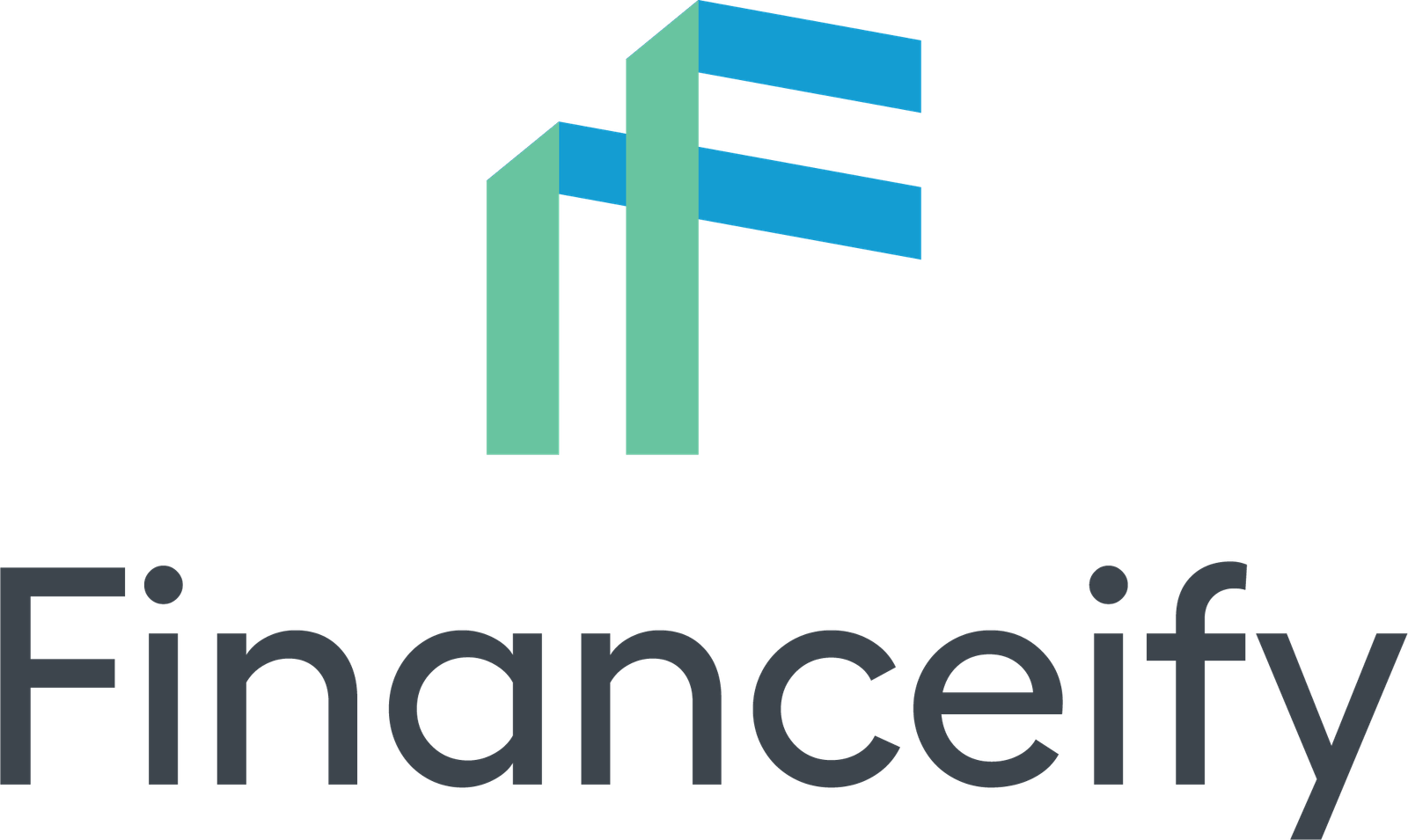As you navigate the intricacies of retirement planning, understanding the balance between retirement and personal savings will become essential. Both options have their unique advantages and potential disadvantages, and finding the right combination can significantly impact your financial security in retirement.
This article will guide you through the intricacies of retirement and personal savings, helping you make informed decisions for a comfortable and secure retirement.
Understanding pensions: a reliable source of income
Pensions are structured plans that provide a steady stream of income in retirement. They are usually funded by employers, employees, or both, and are designed to provide financial stability after you leave your job. In Canada, pensions can be divided into two main types: defined benefit (DB) plans and defined contribution (DC) plans.
Defined benefit plans
Defined benefit plans provide a set payout upon retirement, calculated based on factors such as salary history and length of service. These plans provide predictability and security because you know exactly how much you will receive.
Defined contribution plans
Defined contribution plans, on the other hand, do not guarantee a specific payout. Instead, contributions are invested and retirement income depends on the performance of the investment. While this creates growth potential, it also introduces an element of risk.
The role of personal savings in retirement planning
Personal savings are funds you set aside independently, outside of your employer-sponsored retirement plans. They provide flexibility and control over your retirement funds, so you can tailor your savings strategy to your unique needs and goals.
Registered Retirement Savings Plan (RRSP)
RRSPs are a popular form of savings in Canada and offer tax benefits that can boost your retirement savings. Contributions are tax deductible and funds are tax-free until withdrawn.
Tax-Free Savings Account (TFSA)
A TFSA allows you to save money tax-free, with no tax on your withdrawals. This flexibility makes it a great complement to other retirement savings strategies.
Balancing pensions and personal savings
Finding the right balance between pensions and personal savings is crucial for a secure retirement. Here are some strategies to consider:
Assess your retirement goals
Start by assessing your retirement goals. Consider your desired lifestyle, expected expenses and any potential health care costs. This will help you determine how much income you will need.
Evaluate your retirement benefits
Review the details of your retirement plan to understand the benefits you will receive. This includes the type of plan, expected payouts, and any additional benefits such as health care.
Maximize your personal savings
Make the most of RRSP and TFSA offers to maximize your personal savings. Consider setting up automatic contributions to ensure ongoing savings.
Retirement planning can be complex, and seeking expert advice can provide clarity and certainty. Certified financial advisors, like those at Pension Solutions Canada, can help you evaluate your retirement statement and develop a tailored plan of action.
Individual solutions
Financial planners offer solutions tailored to your unique situation, helping you optimize your retirement strategy and personal savings.
Understanding the tax consequences
Dealing with tax consequences is a key aspect of retirement planning. Professional advice can help you understand how taxes will affect your retirement income and how to minimize your tax burden.
Your path to a safe retirement
Balancing retirement and personal savings is a dynamic process that requires careful consideration and planning. By understanding the benefits and limitations of each option, you can create a retirement strategy that aligns with your goals and ensures financial security.
Remember that expert advice can be invaluable in navigating the complexities of retirement planning, ensuring you make informed decisions for a comfortable future.
Frequently asked questions
What is the difference between a defined benefit plan and a defined contribution plan?
Defined benefit plans guarantee a specific payout after retirement, while defined contribution plans depend on investment performance and offer growth potential, but carry additional risk.
How can I maximize my RRSP contributions?
Consider setting up automatic contributions and taking advantage of employer matching programs to maximize your RRSP savings.
What tax benefits does a TFSA provide?
TFSAs offer tax-free growth and withdrawals, providing flexibility and tax benefits for your retirement savings.
Should I seek professional advice on retirement planning?
Yes, professional advice can help you navigate the complexities of retirement planning, optimize your strategy and understand the tax implications.
How to determine your retirement needs?
Assess your desired lifestyle, expected expenses and potential health care costs to determine your retirement income needs.


